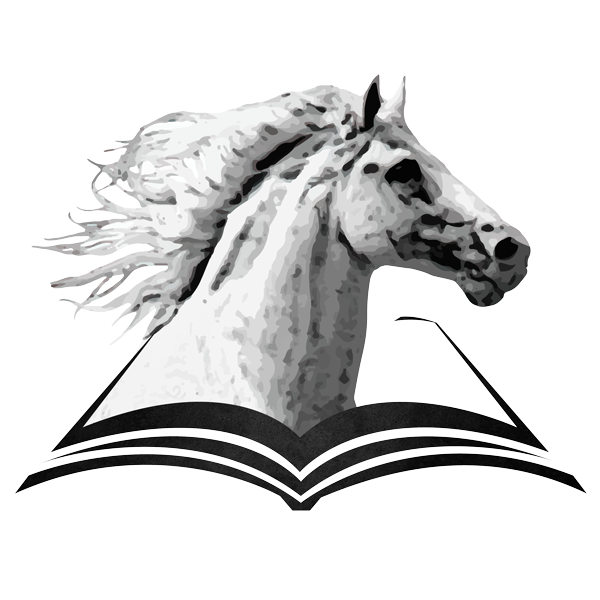
Below, four important learnings from the historic changes of the Equidae family that should be used as guidance to provide the modern horses with an environment that best meet their needs:
- One of the greatest changes of today’s horses compared to their ancestors has been the tremendous increase in height and weight. Such gradual increase in size from one epoch to the next, was in direct proportion to the abundance of plants available to eat and the need to escape from predators while passing to live in the forest to the open space of the prairie. Thus, leg bones became longer, stronger, and thicker. Additionally, toes per foot decreased from four to one and became protected with a hoof in order to run faster, even over difficult terrains.
Therefore, since the equine species are athletes by nature, all modern horses should be able to run every day (freely, when possible), either in a pasture or paddock, to be physically and mentally healthy. Although this is not always easy to accomplish for all horses, at least pregnant mares, lactating mares and their foals, and young growing horses should have access to an open area where to exercise freely and to get exposed to the sunshine every day. Horses under intense training, however, are usually stalled all the time (except when working) and not allowed to run freely. The main reasons for this are having limited space in the training centers and/or intending to reduce the risk of potential injuries that highly fit and strong horses can cause to themselves when running freely. Therefore, the use of a mechanical horse walker of any type and/or lunging the horse only with the line and a halter or snaffle (no harness, side reins, draw reins, etc.) may help remediate these issues partially.
- Horses are herd animals, like their ancestors and most prey animals of today. Therefore, horses should have the opportunity to interact with other horses, ideally sharing a wide space together. Such opportunity to socialize with other horses is beneficial for their mental health; they run together, play, and scratch the backs to each other. Nonetheless, the downside of putting horses together in the same space is the risk of injuries caused during hierarchy battles. The truth is that horses, wild and domestic of all breeds, always stablish a hierarchy with each other when they are together. From the survival point of view this has played an important role since the origins of the equine species because it has allowed only the most dominant and strong animals to survive until today. Besides their natural need to stablish a position in the herd’s hierarchy, horses are prey animals whose primary reactions to the surroundings, including other animals, are “fight or fly”. Therefore, these natural behaviors must be considered when handling the horses daily and during the training process to reduce the risk of injuries to humans and to horses.
Nevertheless, because of horse movies and the surge of a variety of therapeutic and educational programs that use horses to help people improve physically, mentally and/or emotionally in the past decades, the equine species, specially horses, have been idealized/romanticized and shown as “sweet” animals that can live in perfect harmony with each other and with people. This, of course, can be true in the right context and conditions, and should be explained to the public with transparency.
- While the legs gradually became longer after each epoch, the neck of the horse ancestors also needed to become longer, so that their lips and incisors could reach the plants on the ground. From this important change, we understand that horses should be fed as close to the ground level as possible, both outside and in the stall. So, if this change took millions of years and horses are designed to graze from the ground level, why so many horses worldwide are fed too far above that?
For this reason, the worst way to feed hay to horses is the use of (hay) nets or racks located above their withers. Besides the risk of having accidents with those elements in the stall, as being placed high, they are detrimental to the horse’s muscles and bone structure. If horses were like giraffes, however, feeding them that way would make total sense.
- As the ancestors of the equine species gradually adapted to a new habitat and diet, their teeth became longer and harder after each epoch. Horse’s front teeth (incisors) became nippers-shaped in order to cut selected blades of grass. Back teeth (premolars and molars) became harder, flatter, and bigger in order to chew the fibrous grass properly. Although the horse is a non-ruminant animal, its digestive system with one stomach only is well adapted to process nutrients from fibrous plants (grass) like ruminants (such as cows) do, except that the horse’s digestive system is less efficient.
Therefore, no matter the breed of horses, from miniature ponies to draft horses, all must eat enough roughage every day to fulfill their needs. Cereals and/or pre-formulated feed (also called grain in some areas) rich in carbohydrates and other nutrients, should be considered only a supplement to improve a horse’s diet according to individual needs due to exercise or physiological stage (e.g., pregnancy, lactation, growth).
- The feeding habits of the equine species are very different to other grazers such as ruminants (like cows). These swallow their feed barely chewed until the rumen (‘big, first stomach’) is full. Thereafter, they regurgitate the food to be chewed and swallowed again, while bacteria inside the rumen help them digest it efficiently and effectively.
Conversely, wild and domestic equines graze about 17 hours a day and chew the grass carefully, for which their feed intake rate is slow. Food is taken to their small stomach for a fast digestion by the gastric juices and then, passed to the small intestine. Therefore, horses should always be fed small frequent amounts, instead of few big amounts at once, especially of dry food of any type (hay, grain, concentrate feed).

